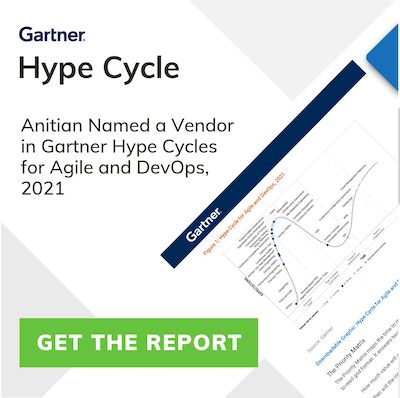We are excited to announce the launch of FedRAMP Insights, our groundbreaking diagnostic tool, now available in the AWS Marketplace. This new offering represents a significant step forward in how Cloud Service Providers (CSPs) approach FedRAMP compliance. With FedRAMP Insights, we are bringing clarity, efficiency, and automation to a traditionally complex process, helping organizations accelerate their path to FedRAMP authorization.
What is FedRAMP Insights?
FedRAMP Insights is a lightweight diagnostic tool that scans cloud environments to identify compliance gaps and offers clear, actionable remediation guidance. It delivers real-time visibility into your compliance progress, helping you understand where you stand and what needs to be done to meet FedRAMP requirements.
Whether your team is just starting its FedRAMP journey or is well on its way, FedRAMP Insights provides the essential tools to help you move forward quickly and confidently. By offering a comprehensive overview of remaining tasks, system readiness, and evaluated resources, this tool allows CSPs to prioritize what matters most, ensuring a smooth and efficient path to compliance.
Why FedRAMP Compliance Matters for AWS Users
FedRAMP compliance is more critical than ever for CSPs looking to engage with federal agencies and secure government contracts. However, navigating the FedRAMP process is notoriously time-consuming, resource-intensive, and filled with complex documentation and controls.
For AWS users, FedRAMP Insights is the perfect solution to streamline this process. The seamless integration with your AWS environment means you can start scanning your applications and evaluating your compliance status immediately, without needing extensive customization or setup.
Key Features of FedRAMP Insights:
Instant Gap Analysis: FedRAMP Insights scans your AWS cloud environment and instantly delivers a detailed report on your current compliance status. This real-time gap analysis highlights critical areas that need attention and helps you quickly identify where to focus your efforts.
Actionable Remediation Guidance: Not only does FedRAMP Insights identify gaps, but it also provides tailored, step-by-step remediation guidance. This ensures your team knows exactly what actions to take to address compliance deficiencies, reducing the guesswork and accelerating your progress.
Prioritized Task Management: With tasks categorized by severity—High, Moderate, and Low—your team can efficiently prioritize work based on what has the most significant impact. This allows you to focus on the most pressing compliance issues first, ensuring that your path to authorization stays on track.
Comprehensive Progress Tracking: FedRAMP Insights offers a clear view of your remaining tasks, overall system readiness, and the number of rules and resources evaluated. This comprehensive tracking gives you peace of mind, knowing exactly where your project stands and what steps are left to reach compliance.
Why Choose FedRAMP Insights for AWS?
Achieving FedRAMP compliance is a significant undertaking, but FedRAMP Insights makes the process more manageable and efficient for AWS users. By leveraging Anitian’s expertise in compliance automation and AWS’s robust cloud infrastructure, CSPs can confidently manage and track their progress toward FedRAMP authorization.
AWS customers benefit from the seamless deployment of FedRAMP Insights, allowing for quick and easy integration into existing cloud environments. This ensures that your compliance efforts don’t disrupt your operations and that you can focus on what truly matters: achieving compliance and unlocking new opportunities in the federal market.
To learn more about FedRAMP Insights visit the solution page or download the product brief here.
Get Started Today
FedRAMP Insights is designed to simplify and accelerate your journey to compliance. Available now in the AWS Marketplace, this powerful tool provides the instant insights, remediation guidance, and progress tracking you need to succeed.
At Anitian, we understand the challenges of FedRAMP compliance, and our mission is to help you overcome them faster, with greater efficiency and fewer headaches. With FedRAMP Insights, you’ll have the tools you need to achieve authorization and position your organization for success in the federal market.
Ready to take the next step? Visit the AWS Marketplace today and start using FedRAMP Insights to drive your compliance project forward with confidence and clarity.



